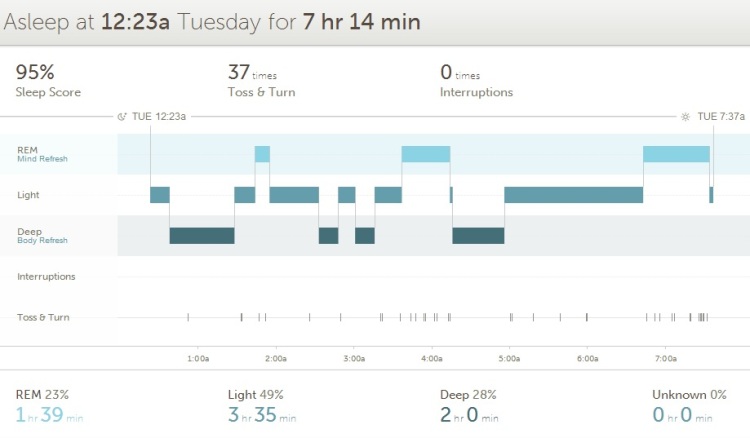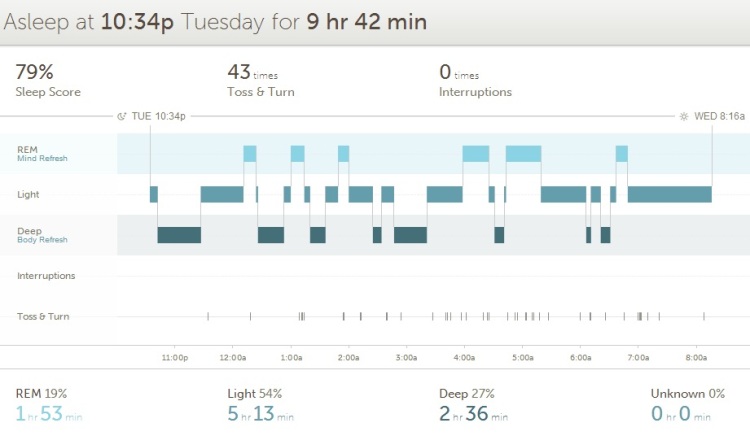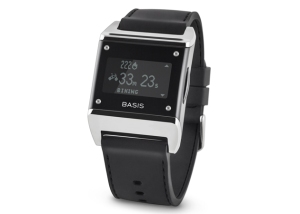Help me raise $500 for the homeless through the charity Back on My Feet.
Back in the spring of 2008, my sophomore year at college, I dropped around fifty pounds working out mornings, afternoons, and evenings. It was a brute force approach: I did at least an hour of biking each workout and thirty minutes of weights. I weighed myself weekly, but I just became entranced in the routine. I had no social life that spring, as I was rarely out with friends, given most nights I fell asleep by 9:00 PM. My roommate at the time was supportive given his own interest in fitness. It also helped that the college lifestyle allowed for this commitment to be a priority.
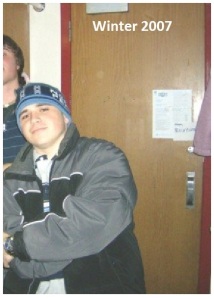

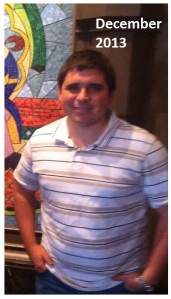
The above approach was effective but in no way efficient. I ate plenty of carbohydrates, I never really “logged” my progress, and quite frankly, I never realized how much progress I achieved until years later when I looked at photos from that time. Friends would comment, but I always felt I was far away from some magical goal. The reality was the complete opposite: I had done everything I had hoped to accomplish, but I had no real commitment to determine what exactly my goal was.
As with most weight loss, you eventually burn out, or feel comfortable easing out of your routine. For me, I delayed some of the eventual regaining of weight when I went to France, as the portions were much more reasonable than back home. That lifestyle, however, was limited to six months, and over the course of my senior year, and especially during my first year of my career, I gradually regressed. It was especially pronounced when I was traveling non-stop right out of college: unlimited expense accounts, fancy dinners, long hours, and little incentive to leave the hotel room all accelerated the weight gain.
I ended up traveling for the better part of two and a half years, miserable with the way I handled the schedule. Every once in a while I would attempt to start a healthy routine, only to relapse and resign myself to a hotel bed and room service. Unfortunately, those habits, once I was no longer traveling, persisted, with the new excuse of a two and a half roundtrip commute each day to and from work.
I improved my habits with bike rides from Conshohocken to Center City for work at least two times a week during the spring, but before long it was one excuse after another as to why I would not continue the effort. A sampling: My computer would need to be transported, I was not sure if it would rain, I would not get home until nine. So in September I moved to the city, and had no reason not to be healthy in my activities. Or so I thought. The truth is, when you’re unmotivated, you find ways to avoid even the most convenient opportunities. With a gym effectively two blocks from my apartment, with a one and a half block commute to work, I somehow ended up spending more time lounging than ever before.
Finally, this past December, I went to an event my firm holds for recent promotes, and it really stressed health and satisfaction in life. Sure, it in the end was a work event to reward all the years where those two goals appeared less important than the deadlines that came and went. But I took it to heart, and I wanted to figure out what I could do so that I could look back at my mid-20’s with a smile, rather than regret about my fitness and personal self-worth.
So I had to grapple with some facts:
- The college lifestyle has an expiration date. If you want to prioritize working out, you have to do so around another priority: earning a living.
- This is going to suck. There is no way around the frustration that comes with getting up in a snow storm and going to the gym. It happens, it is meant to dissuade you, but it is a necessary evil.
- It will not get easier. The easiest time to lose weight and get fit is when you are not fit at all. You lose weight easily because you have so many inefficiencies in how you operate your life. That progress will gradually be harder to achieve.
- The first month or two will feel like a waste. You will not feel like you made much progress, you will still notice the imperfections that frustrate you, and you will feel like it is a pointless exercise.
- No one is going to be more invested in your health than you. Your loved ones love you, but they also do not want to hurt your self-worth. The fact is, only you can truly take ownership of your fitness.
- The people closest to you will experience the negative effects of the routine such as being busy or eating less enjoyable foods. They also will not recognize the changes as they see you too much to make the distinction.
- The habits you form will take time to change your fitness, which in the moment will feel like an eternity. The reverse is true if you give up. You’ll breeze by the days, weeks, and months, only to realize at the beach that “winter you” was selfish and now “summer you” is embarrassed and depressed at the result.
- Life gets in the way. There will be easy “outs” at every corner. Friends will unintentionally attempt to derail your progress. It happens. You will have unexpected cheat days. You also will be the only person to correct those moments by being flexible in how you maneuver your schedule.
- You will succeed, but you will never know it unless you figure out what it is you actually define as success. Is it weight? Is it form? Is it aesthetic? Is it your BMI?
- This does not end once you achieve your goal. It gets harder as you get older to make such radical changes to your life. So, once you cross that finish line, whether literally or figuratively, you do not stop. You adapt and change to a routine that solidifies maintenance and consistency.
I failed at that final step. I have been out of breath and I have been ashamed of my fitness. I have looked at my past success and wondered aloud at how I could have not realized what I had and how I let it slip away.
Let’s be honest. I’m 25, almost 26, and if I really want to maximize my enjoyment of life, when I’m not married, when I’m living in the city, I need to develop habits now that promote energy and activity. I remember those moments where my inactivity and lethargy were exposed. I never want those moments to happen again.





